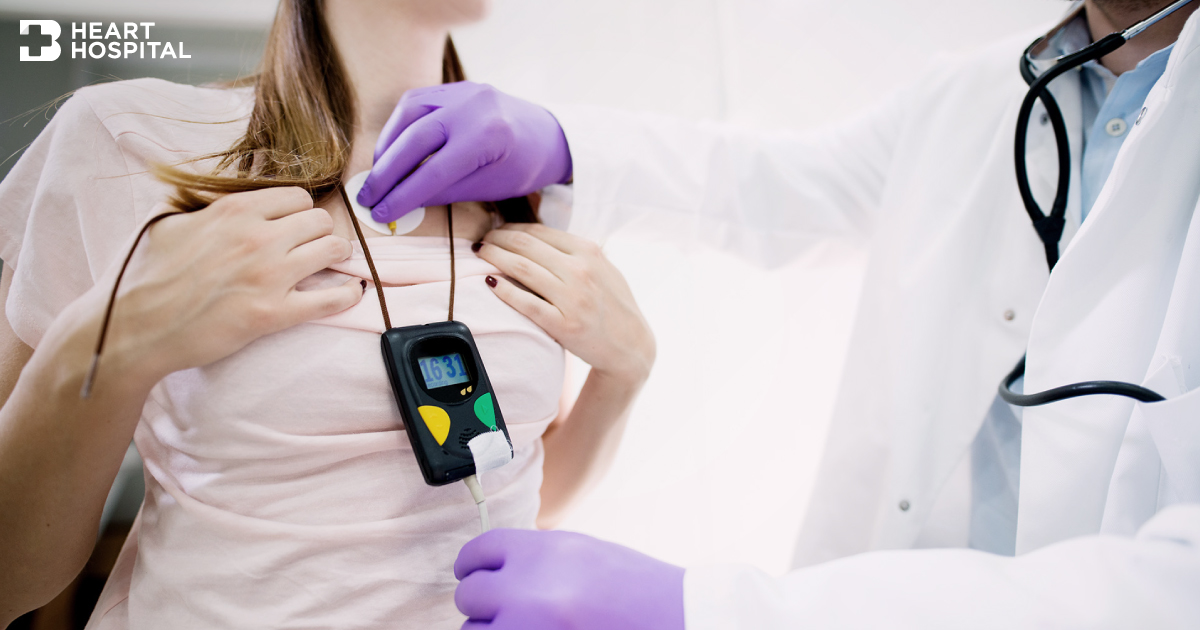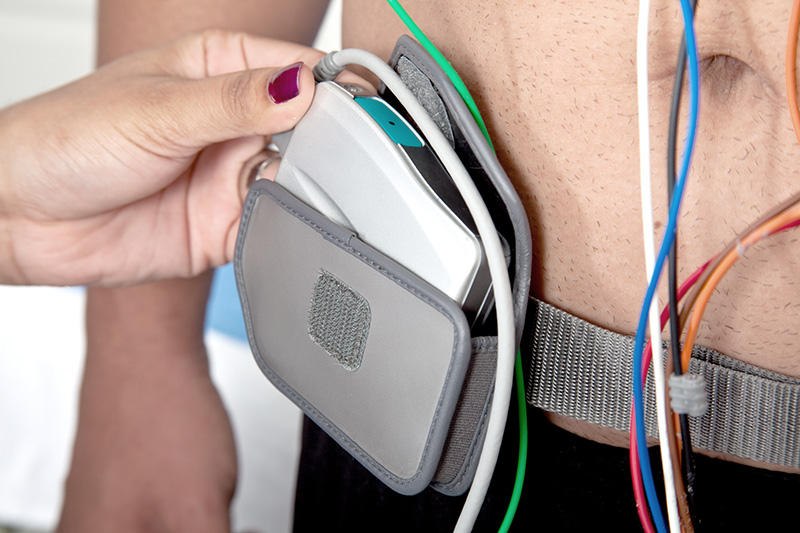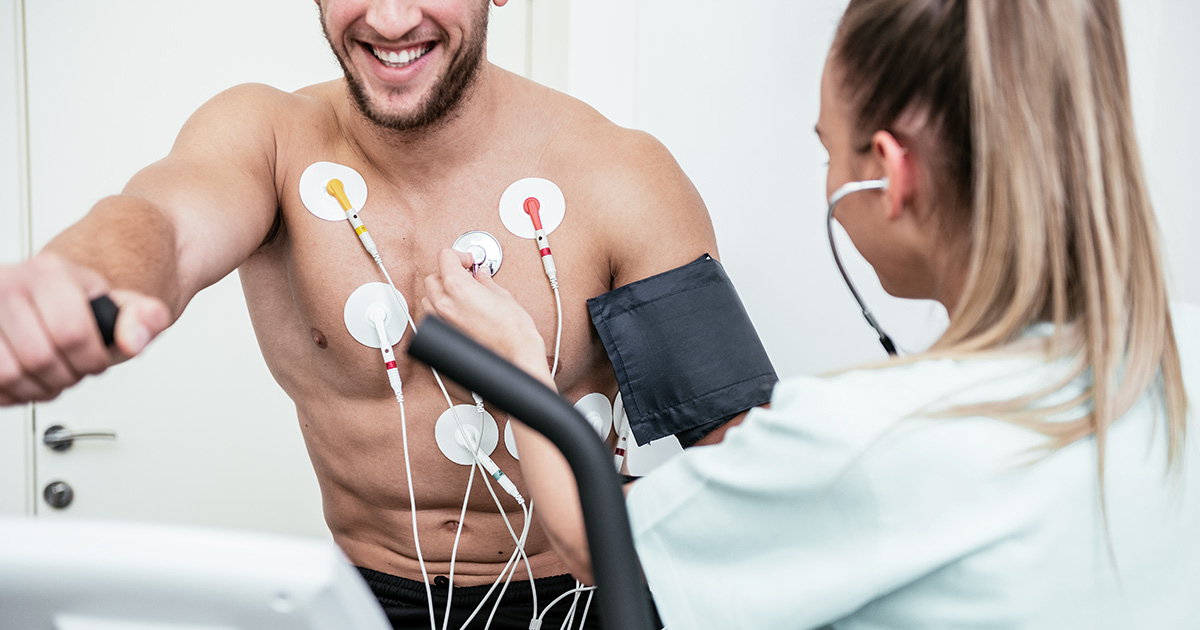Ambulatory monitoring or Holter monitor

diagnosis
Noninvasive Diagnostic Service
A Holter monitor is a battery-operated portable device that measures and tape records your heart’s activity (ECG) continuously for 24 to 48 hours. The device is the size of a small camera or mobile phone. It has wires with silver dollar-sized electrodes that attach to your skin.
table of contents
Type of Ambulatory Electrocardiogram
What is a Holter Monitor?
Why do people wear Holter Monitor?
What do we use Holter Monitor for?
What are the risks of Holter Monitors?
How is Holtor Monitor done?
Type of Ambulatory Electrocardiogram
- Holter monitor. It is a wired type
- Event recording. It has both wired and wireless type.
The Holter monitor and other devices record your ECG as you go about your daily activities.
What is a Holter Monitor?
A Holter monitor is a battery-operated portable device that measures and tape records your heart’s activity (ECG) continuously for 24 to 48 hours. The device is the size of a small camera or mobile phone. It has wires with silver dollar-sized electrodes that attach to your skin. This monitor has no risks and wearing it is not painful.
Why do people wear Holter Monitor?
- Regular electrocardiograms (ECGs or EKGs) show the heart beat activity at the time during your ECG test (about 12 seconds). But abnormal heart rhythms and cardiac symptoms may come and go. Holter monitor will cover up to 24-48 hours.

What do we use Holter Monitor for?
- To determine how the heart beat responds to normal activity
- To evaluate symptom of abnormal heart beat such as palpitation, skipping or racing heartbeat.
- To evaluate symptom of dizziness or faintness whether they are caused by arrhythmia
- To see how well your medicines are working to treat these problems.
- To find out if your pacemaker is working properly.
What are the risks of Holter Monitors?
Wearing a Holter monitor causes no pain. There is an uncommon small discomfort of mild skin irritation from the electrode. Tell the technician if you are allergic to any tapes or adhesives
How is Holtor Monitor done?
- The technician first attaches the electrodes to your chest. If you have a hairy chest, the technician will ask for the permission to shave some hair off to attach the electrodes firmly.
- Once the electrodes are in place, the technician will attach the Holter monitor and explains how to take care of it.
- You can carry the monitor in a pocket or pouch, slung across your shoulders and neck like a purse or camera, or attach it to your waist.
- Do your usual activities while you wear the monitor with these exceptions:
- Don’t bathe, shower or swim while wearing the monitor.
- Don’t have X-rays while wearing the monitor.
- Stay away from high-voltage areas, metal detectors or large magnets.
- The technician will give you a small note book and show you how to keep a diary of your activities and symptoms during the test. It is important to keep an accurate diary. If you feel symptoms such as chest pain, shortness of breath, uneven heartbeats or dizziness, note in your diary the time of day they began and what were you doing. Your diary will be compared to the changes in your ECG recorded by the Holter monitor.

For more information, please contact
2nd Floor, R-Building, Bangkok Hospital.
Service Hours: Monday - Sunday 07.00 a.m. – 04.00 p.m.
info@bangkokhospital.com
